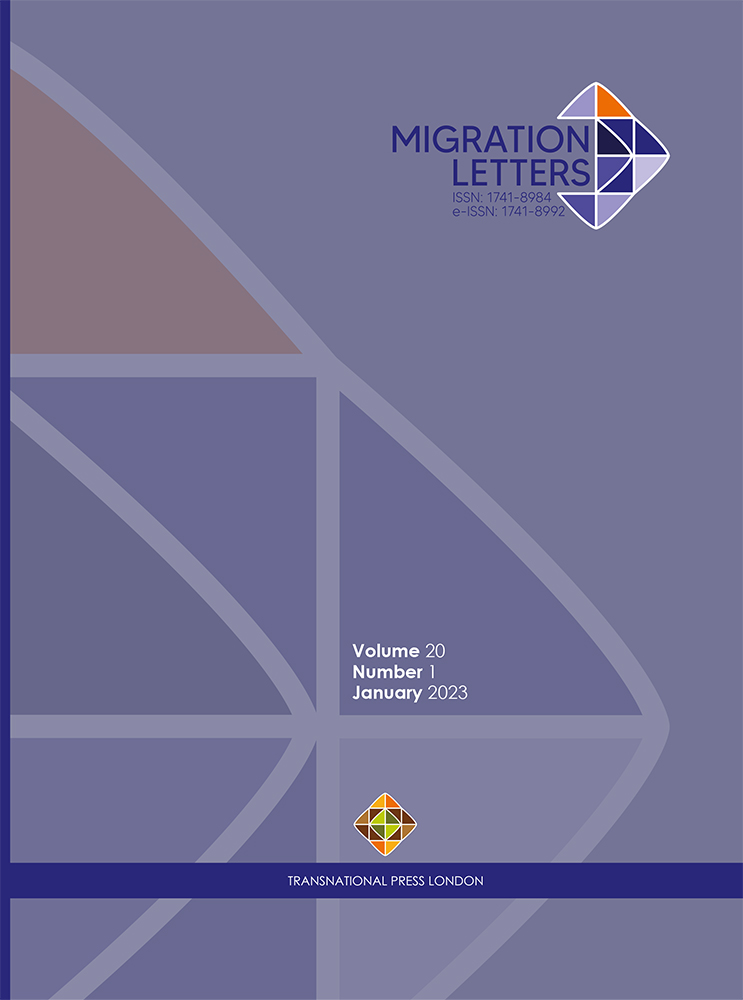Two Sides of the Same Coin? Contrasting Narratives of Bosnian-Muslims Migration to Turkey in Late 19th and Early 20th Century
Two Sides of the Same Coin? Contrasting Narratives of Bosnian-Muslims Migration to Turkey in Late 19th and Early 20th Century
Author(s): Omer MerzićSubject(s): Islam studies, Migration Studies
Published by: Transnational Press London
Keywords: Migration; nostalgia; Ottoman Empire; Bosnia; financial;
Summary/Abstract: The decline of the Ottoman Empire at the end of the 19th century caused numerous consequences for the region of South-eastern Europe, most notably the mass migrations of Muslims from the European regions of the Ottoman Empire to Anatolia. In Bosnia, thousands of local Muslims feeling intra-state, but also external pressure by the non-Muslim population, left their homeland to find a safer refuge. Recognizing limited scholarly attention which was given to the sphere of the lived experiences of the migrant trajectories, this paper aims to give a portrayal of the reality regarding the nostalgia and financial everyday life of Muslims from Bosnia at the turn of the century in the Ottoman Empire. To this end, it predominantly through a narrative analysis of two letters sent by Bosnian Muslims who migrated to the Anatolian town of Durgut. The oddity of these letters is in two heavily conflicting views on the lived experience of migration. The first one embarked on a highly nostalgic, sceptical, and pro-return perception reflecting on a specific “othering” of Bosnian Muslims in Turkey. In contrast, the other one, which was sent as a response to the first one, portrays a joyous assemblage of numerous benefits of migration to Durgut, mainly through the prism of economic benefits of migration to Durgut. However, to comprehend these pro and contra migration narratives, it is necessary to lay out the socio-cultural background of both Bosnia and Anatolian Ottoman Empire in that period. By providing an additional layer of the socio-cultural mosaic that coloured the ambiguous Bosnia-Turkey relations in the period this paper showcases multiple competing and opposing public narratives. In addition, the paper incorporates private correspondence of the Nametak family, in order to give another private layer in the understanding of these events and deliver a more resonant understanding of the broader context that encompassing Bosnian migrations to Turkey. This migration had a strong political, religious, and economic aspects and all of them had more or less an equal barring on the emigration process this paper mainly focuses on the economic aspects on the migration of Bosnian-Muslims to the Ottoman Empire. The paper is also oriented towards two published letters and numerous private letters.
Journal: Migration Letters
- Issue Year: 20/2023
- Issue No: 1
- Page Range: 51-58
- Page Count: 8
- Language: English

